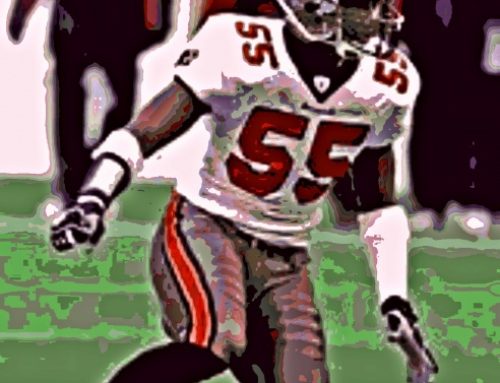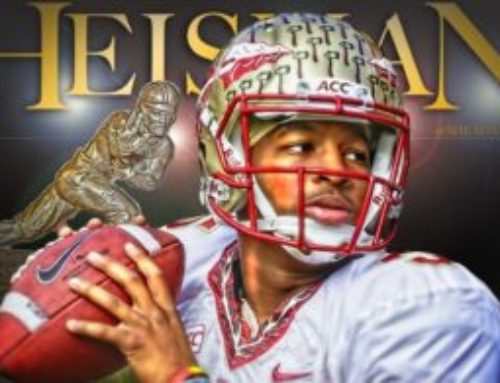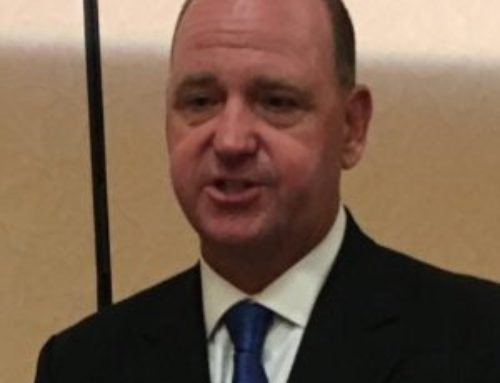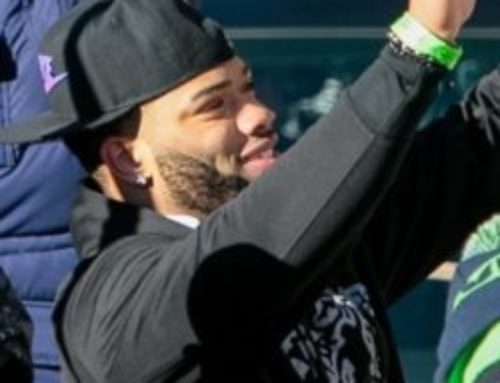Yes, Hall of Famer Steve Young was a Buc during dark days — and he learned from it.
By JOEY JOHNSTON
The Tampa Tribune
(c) Tampa Bay Times. Originally published Feb. 1, 2005.
JACKSONVILLE — Steve Young, quarterback, Tampa Bay Buccaneers.
Yes, it actually happened.
Just a few hours before the Pro Football Hall of Fame’s 2005 class was announced Saturday afternoon, we got a reminder. There it was again. The film clip that won’t die.
Young, wearing the white-on-white uniform, with a winking pirate on his helmet, being pressed face-down and disappearing into the snow of Green Bay’s Lambeau Field.
For a moment, he couldn’t breathe. He stumbled up, arms flailing, unable to see.
The harder Young tried, the worse it got. The Bucs gained all of 65 yards on that futile 1985 afternoon, where a blizzard prompted 40,000 no-shows. The losses strung together in historic fashion. Young actually considered quitting the NFL for law school. Wrong place, wrong time, wrong team.
“At that time, there’s no way I could have imagined sitting here today,” Young said.
Steve Young, Hall of Famer.
Of course, Saturday’s announcement was mostly about his 13 seasons with the San Francisco 49ers, his NFL-record career passer rating (96.8), his six seasons as the league’s passing champion, his two regular-season MVP awards and his stunning performance in Super Bowl XXIX against San Diego (record six touchdown passes and the MVP).
As Young stood on the podium, thanking his family and an array of coaches from high school to college to professional football, there was no mention of the Bucs. It wasn’t an intentional slight. He was an inconsequential player for a less-than-inconsequential franchise. Those were wasted years.
Or were they?
Adversity A Good Teacher
Young, who had been taken in a supplemental draft by the Bucs, landed in Tampa Bay after the USFL folded. That’s another story, the Los Angeles Express, where players had to bring their own footballs, paychecks bounced and Young once had to hand over $500 from his wallet before a bus company agreed to transport the cash-strapped team to its game.
From there, he went to Tampa Bay. The NFL. The big time.
Not exactly.
“Nobody tried harder to win in Tampa Bay than I did,” Young said. “We had a lot of great efforts.”
That’s Young at his diplomatic best.
The Bucs were 4-28, a two-season stretch of ineptitude matched only by the 1978-79 49ers and the 1984-85 Bills since the NFL went to a 16-game schedule. The 1986 Bucs had a five-week winless streak with losses by an average of 26 points. The defense surrendered 473 points and registered just 19 sacks (Lawrence Taylor had 20 1/2 himself in ’86).
As for Young, he ran for his life. “Moving around, trying to fling it, trying to make something happen,” he said.
He shook his head at the memory. Good efforts? He summoned other words.
“Institutionalized losing,” he said. “The Bucs had lost so much. It was hard. All the things organizations need to be successful, they were fighting. It’s not a [criticism] of any one individual. It’s just the way it was.”
When Ray Perkins was hired in 1987, Young asked if he could play at a higher weight than the one prescribed by this get-tough new regime. Perkins’ response went something like this: “#&*@#$%#@!!!!”
Young requested a trade. He couldn’t have dreamed up a better safety net. Or a greater challenge.
Right Place, Right Time
Four days before the Bucs drafted Vinny Testaverde, Young was traded to the 49ers for cash (probably the key to Hugh Culverhouse pulling the trigger) and a pair of draft picks — a second-rounder (Winston Moss, a serviceable linebacker) and a fourth-rounder (Bruce Hill, a possession receiver).
Both players were gone within five seasons.
That’s the NFL equivalent of Frank Robinson for Milt Pappas.
Young went to San Francisco as Joe Montana’s caddy. Coach Bill Walsh, fearful of Montana’s back problems, sensed an imminent change. Montana got his second wind. So Young and Montana coexisted, sometimes uncomfortably, always competitively. Now both quarterbacks will be enshrined in Canton.
“Through it all — the USFL, the Bucs, coming in with Joe [Montana], I learned about my fortitude,” Young said. “The losses teach you more about yourself than the wins. I don’t think you get anywhere unless it’s uphill a little bit.”
Young said he had to unlearn some bad habits. Walsh’s guidance put him on the right track. Watching Montana at work, frustrating as it was, also helped.
“Steve just had to get in the right system,” former Cowboys executive Gil Brandt said. “If Paul Hornung had come to the Cowboys instead of the Packers, he wouldn’t have been the same player. It all worked out for Steve.”
After a long and confusing road.
Had he remained with the Bucs, Young probably would be a lawyer instead of a Hall of Famer.
“I don’t think winning was part of the equation for the Bucs at that time,” said current Bucs personnel executive Doug Williams, the other quarterback to leave Tampa Bay and become a Super Bowl MVP. “They didn’t know what personnel was all about. It was about saving money.
“I don’t think they ever knew what they really had [in Young] — until it was gone.”
Steve Young, quarterback, Tampa Bay Buccaneers?
Yes, it actually happened.





